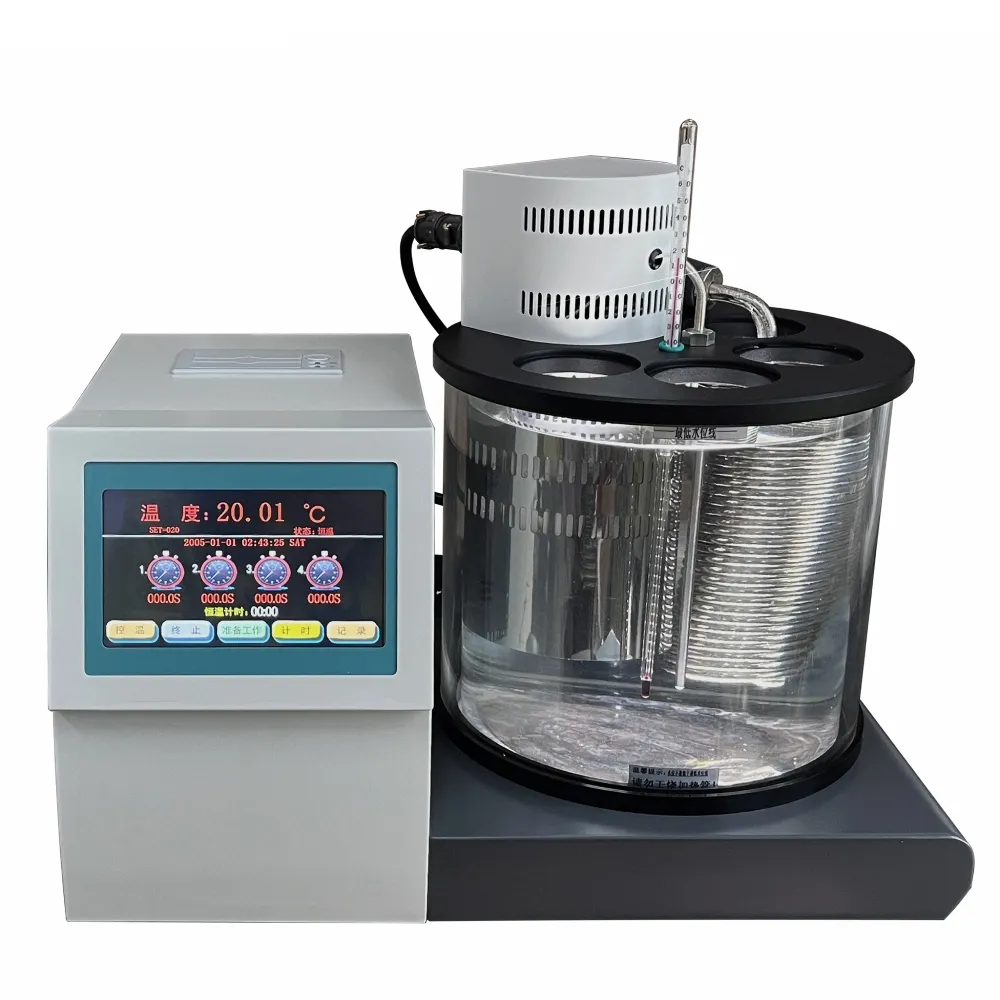 English
English


Load Testing Procedures and Practical Applications for Three Phase Transformers in Laboratory Settings
Load Test on Three-Phase Transformer A Lab Manual Overview
A three-phase transformer is a crucial component in electrical distribution systems, converting high voltage to lower voltage for various applications. Understanding the performance characteristics of a transformer is essential for ensuring reliability and efficiency in electrical systems. One of the primary methods to evaluate the operational performance of a transformer is through a load test. This article provides an overview of a typical load test on a three-phase transformer, which can be found in a lab manual format.
Objective of the Load Test
The main objective of conducting a load test on a three-phase transformer is to determine its efficiency, voltage regulation, and temperature rise under specified load conditions. This helps in assessing the transformer's performance and ensuring it operates within safe limits. By simulating typical operational scenarios, students and engineers can grasp the behavior of the transformer under various loading conditions.
Equipment and Setup
To perform a load test, the following equipment is typically required
1. Three-Phase Transformer The transformer under test should be connected in a star or delta configuration as per its design specifications. 2. Load Bank A controlled resistive load is used to simulate different loading conditions. This can be an adjustable resistive load or an array of fixed resistors. 3. Voltage and Current Meters For accurate measurement of voltages and currents in each phase. 4. Wattmeters To measure the power consumed during the testing. 5. Thermometers To monitor the temperature rise in the transformer windings. 6. Circuit Breaker and Protection Relays To ensure safety during the testing procedure.
The setup involves connecting the transformer to the load bank and the measurement instruments. It is crucial to ensure all connections are secure and that the system is properly grounded to prevent any electrical hazards.
Procedure
load test on three phase transformer lab manual

1. Pre-Test Checks Check the transformer's nameplate data, including voltage ratings, current ratings, and power ratings. Ensure all instruments are calibrated and functioning correctly.
2. No-Load Test Initially, a no-load test (also known as an open-circuit test) is performed to determine core losses. With no load connected, voltage is applied to the primary side, and the current, voltage, and power consumed are recorded.
3. Load Test Execution - Gradually apply load to the transformer by switching on the load bank. - For each load increment, record the input voltage, output voltage, input current, output current, and power factor. - Measure the temperature of the transformer windings at regular intervals to monitor heat buildup. - Repeat measurements for various load conditions, typically ranging from 25% to 100% of the full load rating.
4. Data Analysis After collecting all necessary data, analyze the results to compute the efficiency of the transformer using the formula \[ \text{Efficiency} (\%) = \left( \frac{\text{Output Power}}{\text{Input Power}} \right) \times 100 \] Additionally, assess the voltage regulation using the formula \[ \text{Voltage Regulation} (\%) = \left( \frac{V_{full-load} - V_{no-load}}{V_{full-load}} \right) \times 100 \] 5. Conclusion and Reporting Compile the results, including any observed anomalies such as excessive temperature rise or voltage drop. Recommendations for operational improvements or maintenance may also be included.
Safety Considerations
Safety is paramount during any electrical testing. Ensure all personnel are familiar with high-voltage safety protocols. Use personal protective equipment (PPE) and ensure emergency shutdown procedures are in place.
Conclusion
A load test on a three-phase transformer is an essential procedure for validating its performance characteristics. Through systematic testing and analysis, engineers can ensure that transformers operate efficiently and reliably within their designed parameters. This hands-on experience is invaluable for students and practitioners alike, bridging theoretical knowledge with practical application in electrical engineering.
-
Differences between open cup flash point tester and closed cup flash point testerNewsOct.31,2024
-
The Reliable Load Tap ChangerNewsOct.23,2024
-
The Essential Guide to Hipot TestersNewsOct.23,2024
-
The Digital Insulation TesterNewsOct.23,2024
-
The Best Earth Loop Impedance Tester for SaleNewsOct.23,2024
-
Tan Delta Tester--The Essential Tool for Electrical Insulation TestingNewsOct.23,2024





